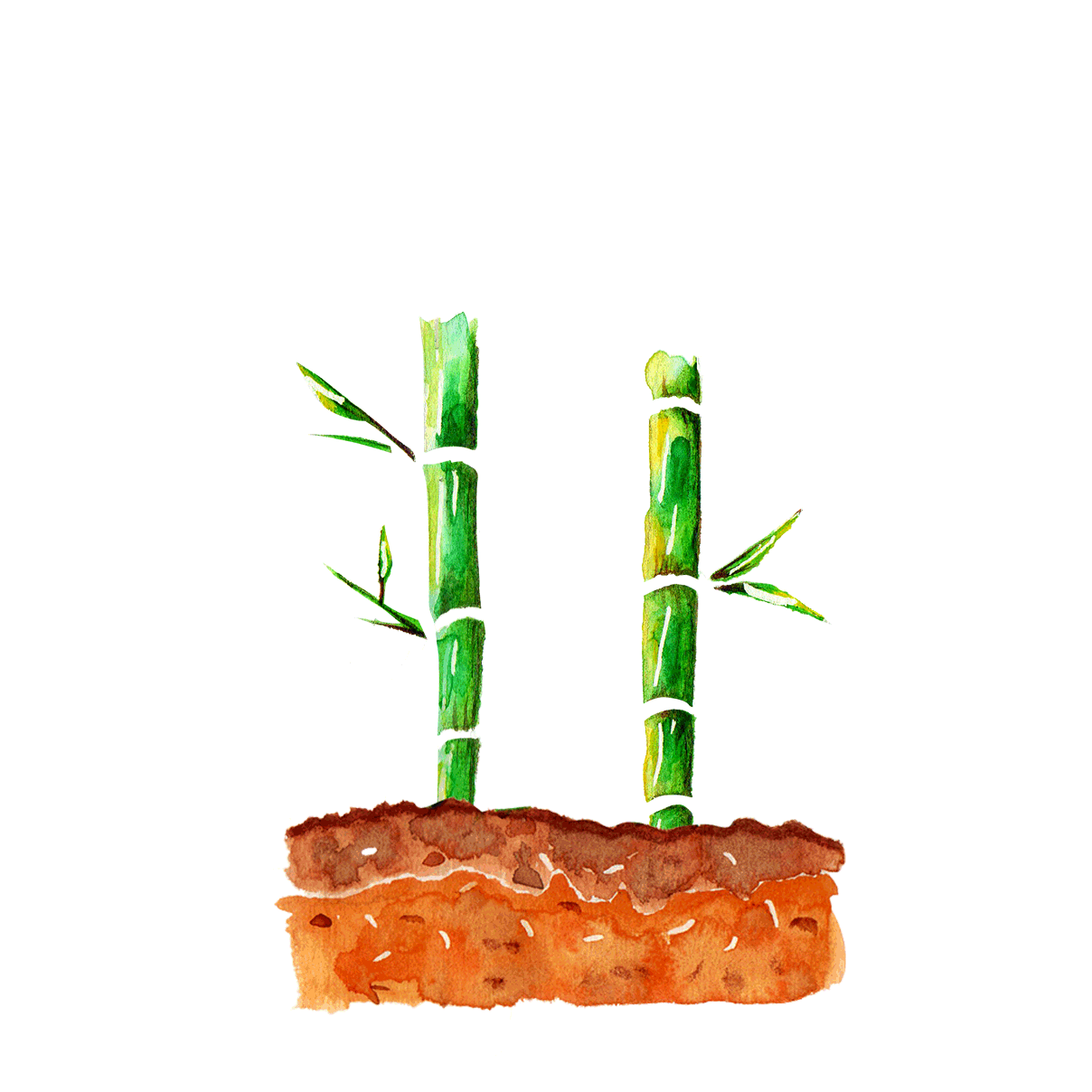
Children Bamboo Rainforest
Join us and support the conservation of the Amazon rainforest.
In the last 35 years, more than 95 thousand hectares of forest have been deforested in the Madre de Dios Region.


region of
MOTHER OF GOD
One of the most remote and biodiverse regions in the world, it is a place where countless scientists, explorers and adventurers have traveled to discover what lies within and test what they are made of.
Madre de Dios, the most degraded region of the Amazon rainforest.
The Madre de Dios region comprises the sector with the greatest degradation caused by informal gold extraction in the entire Amazon rainforest.
In addition to this negative impact on the environment, these illegal practices exploit children (especially girls).
Tambopata
In Tambopata, the presence of 632 species of birds, 1,200 butterflies, 103 amphibians, 180 fish, 169 mammals and 103 reptiles have been reported. Inside you will find healthy habitats for the recovery and refuge of populations in danger of extinction of species such as the river wolf, the otter and felines such as the jaguarundi, the puma, the jaguar, the ocelot or the margay and the margay. As for the birds, they include, in addition to the macaw, the harpy eagle, the crested eagle, the common curassow, the unicorn curassow and the carunculated curassow.
Tambopata: the natural reserve of Peru that begins to become a desert.








The project
It is a project that seeks to work with bamboo as an innovative resource for the conservation of the Amazon rainforest where it involves children and adolescents in this process. The tropical bamboo forest for children will be a healthy and safe space to promote knowledge and conservation of bamboo and its natural environment and ecosystem (flora and fauna).
The Children's Bamboo Forest belongs to the Network of Children's Lands of ANIA (Association for Children and their Environment), which adds its experience to the conservation of the tropical forest of this region. Our mission is to reduce deforestation in the Amazon region through the education of proper bamboo management practices in schools, communities and private companies.
Our project won one of the Ned Jaquith Foundation Grants for 2018/2019

Why bamboo?

rapid growth
The growth rate of some bamboo plants can reach up to almost a meter per day.

CO2 absorption
Well-managed bamboo forests can absorb significantly more carbon than forest areas of similar trees.

sustainable forest management
Bamboo restores degraded lands and protects forests. It also helps regulate water flow and protects against soil erosion.

Properties and uses.
Depending on the type of bamboo, it can be used as a raw material for a variety of products, such as: food, textiles, furniture, construction materials...etc.
Bamboo is better because it is an environmentally friendly and highly renewable resource.
Sustainably managed bamboo plantations can stimulate social and economic development, and fulfill important ecological and biological functions to improve Planet Earth.